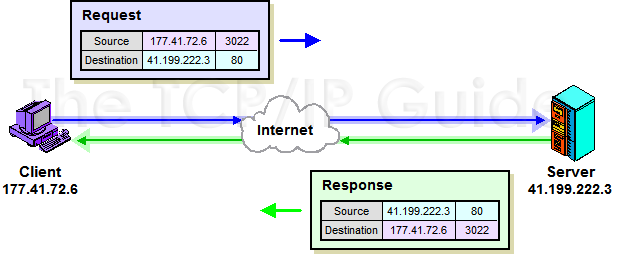 |
|
Please Whitelist This Site?
I know everyone hates ads. But please understand that I am providing premium content for free that takes hundreds of hours of time to research and write. I don't want to go to a pay-only model like some sites, but when more and more people block ads, I end up working for free. And I have a family to support, just like you. :)
If you like The TCP/IP Guide, please consider the download version. It's priced very economically and you can read all of it in a convenient format without ads.
If you want to use this site for free, I'd be grateful if you could add the site to the whitelist for Adblock. To do so, just open the Adblock menu and select "Disable on tcpipguide.com". Or go to the Tools menu and select "Adblock Plus Preferences...". Then click "Add Filter..." at the bottom, and add this string: "@@||tcpipguide.com^$document". Then just click OK.
Thanks for your understanding!
Sincerely, Charles Kozierok
Author and Publisher, The TCP/IP Guide
|
|
|

Custom Search
|
|
TCP/IP Client (Ephemeral) Ports and Client/Server Application Port Use
(Page 3 of 3)
Port Number Use During a Client/Server Exchange
So, let's return to the matter of client/server application message exchange. Once assigned an ephemeral port number, it is used as the source port in the client's request TCP/UDP message. The server receives the request, and then generates a reply. In forming this response message, it swaps the source and destination port numbers, just as it does the source and destination IP addresses. So, the server's reply is sent from the well-known or registered port number on the server process, back to the ephemeral port number on the client machine.
Phew, confusing… quick, back to our example! J Our Web browser, with IP address 177.41.72.6 wants to send an HTTP request to a particular Web site at IP address 41.199.222.3. The HTTP request is sent using TCP, with a Destination Port number of 80 (the one reserved for HTTP servers). The Source Port number is allocated from a pool of ephemeral ports; let's say it's port 3,022. When the HTTP request arrives at the Web server it is conveyed to port 80 where the HTTP server receives it. That process generates a reply, and sends it back to 177.41.72.6, using Destination Port 3,022 and Source Port 80. The two processes can exchange information back and forth; each time the source port number and destination port number are swapped along with the source and destination IP addresses. This example is illustrated in Figure 199.
|
|
|
| |||||||||||||||||||
Home - Table Of Contents - Contact Us
The TCP/IP Guide (http://www.TCPIPGuide.com)
Version 3.0 - Version Date: September 20, 2005
© Copyright 2001-2005 Charles M. Kozierok. All Rights Reserved.
Not responsible for any loss resulting from the use of this site.








 Key Concept: In most TCP/IP client/server communications, the client uses a random ephemeral port number and sends a request to the appropriate reserved port number at the server’s IP address. The server sends its reply back to whatever port number it finds in the Source Port field of the request.
Key Concept: In most TCP/IP client/server communications, the client uses a random ephemeral port number and sends a request to the appropriate reserved port number at the server’s IP address. The server sends its reply back to whatever port number it finds in the Source Port field of the request.